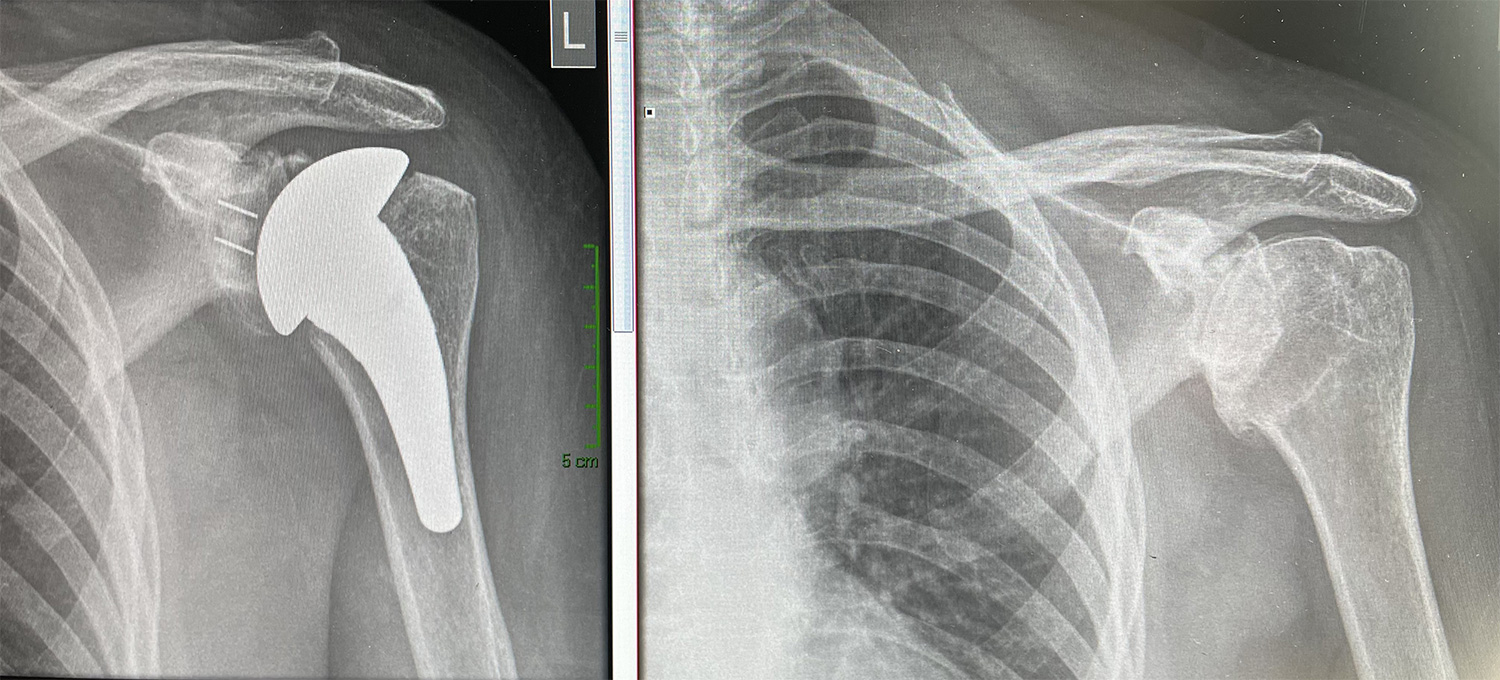Understanding Shoulder Arthritis: Causes, Symptoms, and Treatment Options
An Overview
Shoulder arthritis is a condition that causes pain and stiffness in the shoulder joint. It occurs when the cartilage, the smooth cushioning tissue between your bones, wears down over time. This breakdown can affect both the ball and socket of the shoulder joint.
Anatomy of the Shoulder Joint
The shoulder is a complex joint formed by three bones:
- Humerus: Upper arm bone
- Scapula: Shoulder blade
- Clavicle: Collarbone
The head of the humerus fits into a shallow socket in the scapula called the glenoid. Muscles and tendons, known as the rotator cuff, hold the humerus in place and allow for movement.
Types of Shoulder Arthritis
There are two main types of shoulder arthritis:
- Osteoarthritis: This is the most common type, and it usually affects people over 50. It’s caused by the gradual wear and tear of the cartilage.
- Rheumatoid arthritis: This is an autoimmune disease that can affect multiple joints, including the shoulder.
Symptoms of Shoulder Arthritis
There are two main types of shoulder arthritis:
- Pain: This is the most common symptom and can worsen with activity.
- Stiffness: Reduced range of motion in the shoulder, making it difficult to raise your arm.
- Aching: A deep ache in the joint that may worsen with changes in weather.
Diagnosis
Your doctor will:
- Discuss your medical history and symptoms.
- Perform a physical examination to assess your shoulder joint’s movement and pain.
- Order imaging tests like X-rays, ultrasounds, CT scans, or MRIs to confirm the diagnosis and assess the extent of damage.
Treatment Options
Non-surgical treatments are usually tried first, such as:
- Rest: Avoiding activities that aggravate the pain.
- Pain medication: Over-the-counter pain relievers or prescription medications to manage pain and inflammation.
- Physical therapy: Exercises to improve flexibility, strength, and range of motion.
Ice or heat therapy: Applying ice packs or heat pads to reduce inflammation and pain.
Surgery
If non-surgical treatments fail to provide relief, your doctor might recommend surgery, such as:
- Shoulder arthroscopy: Minimally invasive surgery to repair torn rotator cuff tendons or remove inflamed tissue.
- Shoulder replacement: Replacing the damaged joint with an artificial implant.
Remember
Early diagnosis and treatment can help manage shoulder arthritis and improve your quality of life. Consult your doctor to discuss the best treatment options for you.

